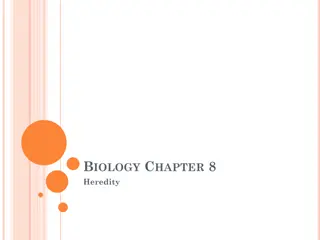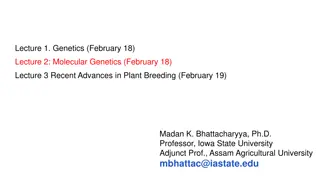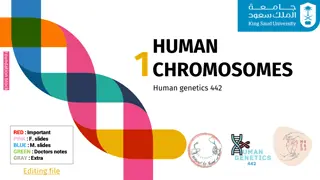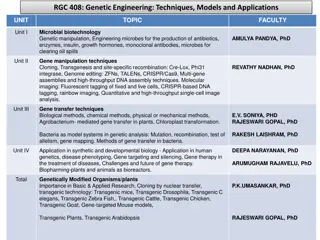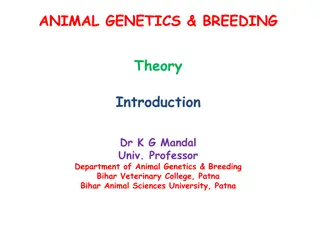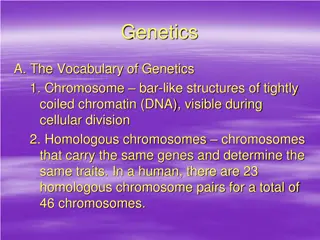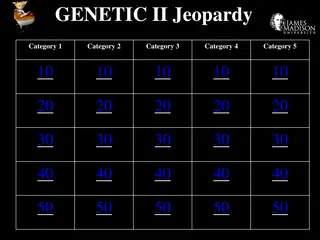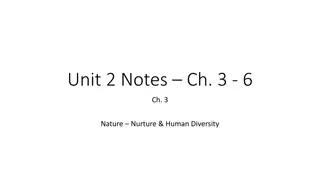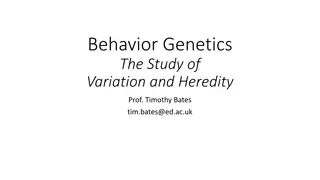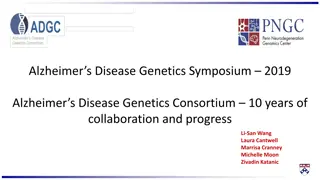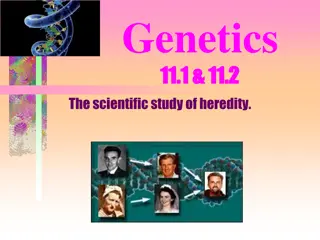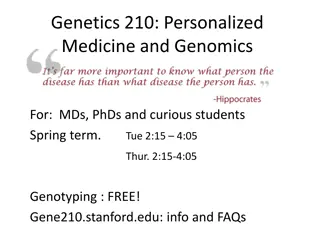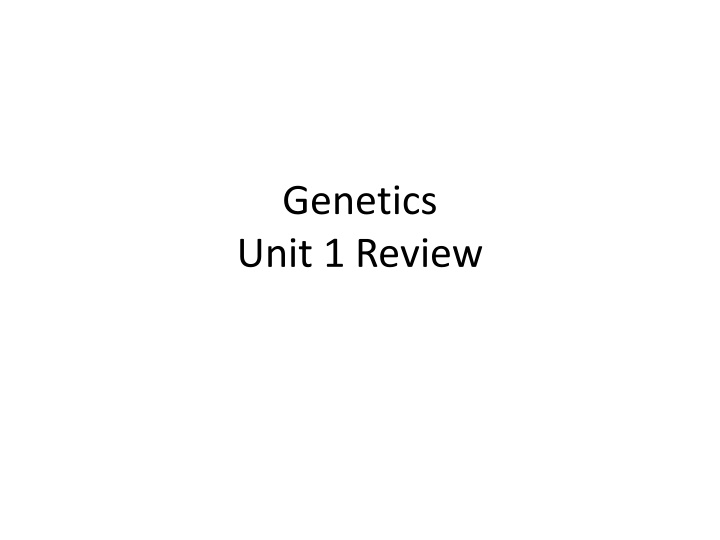
Genetics Dominance Patterns and Crosses Revealed
Explore dominant and recessive traits in genetics through two scenarios involving tongue rolling in humans and flower traits. Understand how genotype ratios determine phenotype outcomes in offspring.
Download Presentation

Please find below an Image/Link to download the presentation.
The content on the website is provided AS IS for your information and personal use only. It may not be sold, licensed, or shared on other websites without obtaining consent from the author. If you encounter any issues during the download, it is possible that the publisher has removed the file from their server.
You are allowed to download the files provided on this website for personal or commercial use, subject to the condition that they are used lawfully. All files are the property of their respective owners.
The content on the website is provided AS IS for your information and personal use only. It may not be sold, licensed, or shared on other websites without obtaining consent from the author.
E N D
Presentation Transcript
Genetics Unit 1 Review
In humans, being a tongue roller (R) is dominant over non-roller. A man who is a non-roller marries a woman who is heterozygous for tongue rolling. Father s genotype: ________ Mother s genotype: ________ Genotype ratio: Phenotype ratio:
In a particular species of flower, tall (T) is dominant to short, and orange petals (F) are dominant to the recessive white color. Cross a homozygous tall white flower with a flower heterozygous for both traits. Parent 1 genotype: ________ Parent 2 genotype: ________ Genotype ratio: Phenotype ratio:

